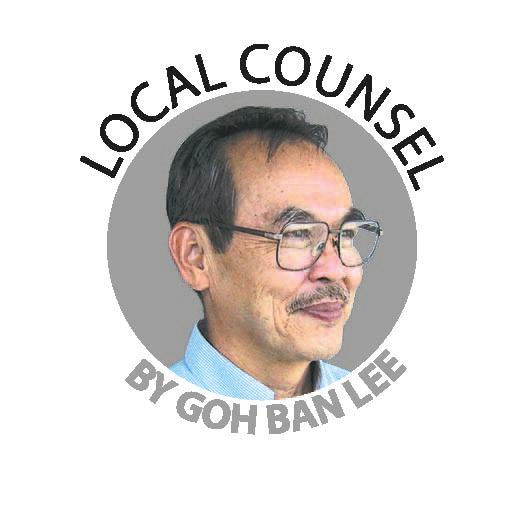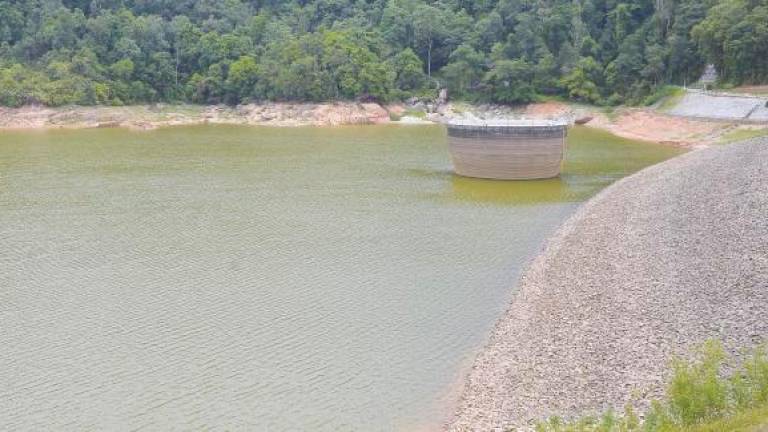ANY city worth its name has at least one natural feature that is beautiful and iconic. What is New York without Central Park or Hangzhou without the West Lake? Penang has Penang Hill.
Penang Hill may not be as famous as Huangshan in China or Mount Fuji in Japan. But to Penangites, it is a precious natural hill resort with a rich historical heritage.
It is a popular hiking place for Penangites and tourists. With an elevation of more than 800m, the temperature at the summit is cooler than in George Town at sea level by around 5° Celsius. It has lush scenery and panoramic views.
For those who enjoy the outdoors, there are many hiking trails and walking paths to the hilltop from various points at the foot of the hill. For example, there are trails starting from Penang Hill Lower Train Station in Air Itam, from Youth Park (Taman Belia), and from the historic “Moon Gate” between Youth Park and the Botanical Gardens. One can also walk up along the “jeep track” from the Penang Botanical Gardens. This takes at least 2 hours.
In addition, the hilltop has many less strenuous trails crisscrossing the landscape. Thousands of hikers make full use of these trails every day. As the hill is close to populated areas, the trails are easily accessible to most Penangites.
Most people who visit Penang Hill get there by rail instead of on foot via the Penang Hill Funicular Railway, which ascends the hill from the Lower Station in Air Itam. The rail service was first opened in 1923. At that time until fairly recently, the train operated in two sections. One would switch trains halfway up the hill at the Middle Station.
The train was overhauled in 2010, and since then, the train now runs directly from the Lower Station to the Upper Station. The train also travels at a much higher speed than before, and the journey now only takes about 10 minutes. An adult round-trip ticket costs RM12 for MyKad holders. There are discounts during sunrise and sunset hours and for children and senior citizens.
Penang Hill was first developed in the 1800s as a recreation and convalescent centre for colonial officers and European planters. Over the years, it also attracted rich Asian businessmen who built private residences on the hill. As a result, some places with scenic and panoramic views are occupied by government and private bungalows.
Progress and development are often equated to building big projects.
A large-scale project plan to develop Penang Hill in 1989 was met with strong public protest as it did not adequately assess the impact on the hill’s sensitive environment.
Last year, the state’s proposal to have two hotels built on the hill was also opposed by several civil society groups, non-governmental organisations and the public.
Penang Hill has two plans that should be adhered to when considering its development, namely the Penang Hill Local Plan 1998 and the Penang Hill Special Area Plan 2016.
In ecologically sensitive areas such as Penang Hill, it is better to leave nature alone as much as possible. Human intervention should be to enhance the natural environment and ensure easy access for all. Big projects may come with big monetary profits for the groups involved in the development, but our most attractive sites should not be sold and turned into the private domain of a few people.
Development of Penang Hill should not only involve minimal destruction of the natural beauty of the hill, but must also preserve these views and panoramas for the enjoyment of everyone, and not just the owners of private properties. Several scenic sites and coastal areas in Penang are already out of bounds to most people since they have been made into gated communities that block access to the coast.
Instead of building new hotels to give more lodging options, more state bungalows of heritage value can be restored and rented out at affordable prices. Two heritage buildings, Hillside Bungalow, which was a rest house for British government officers, and Tulip House, which was built for workers in the 1920s, are being restored as eco-tourism lodgings under the Hillside Retreat Penang project. Renovation works are expected to be completed soon.
We must protect and preserve Penang Hill. More importantly, it must remain a place where everyone, rich or poor, can visit. It is nature’s gift to Penangites. It should be for all to enjoy.
Datuk Dr Goh Ban Lee is interested in urban governance, housing and urban planning. Comments: letters@thesundaily.com














